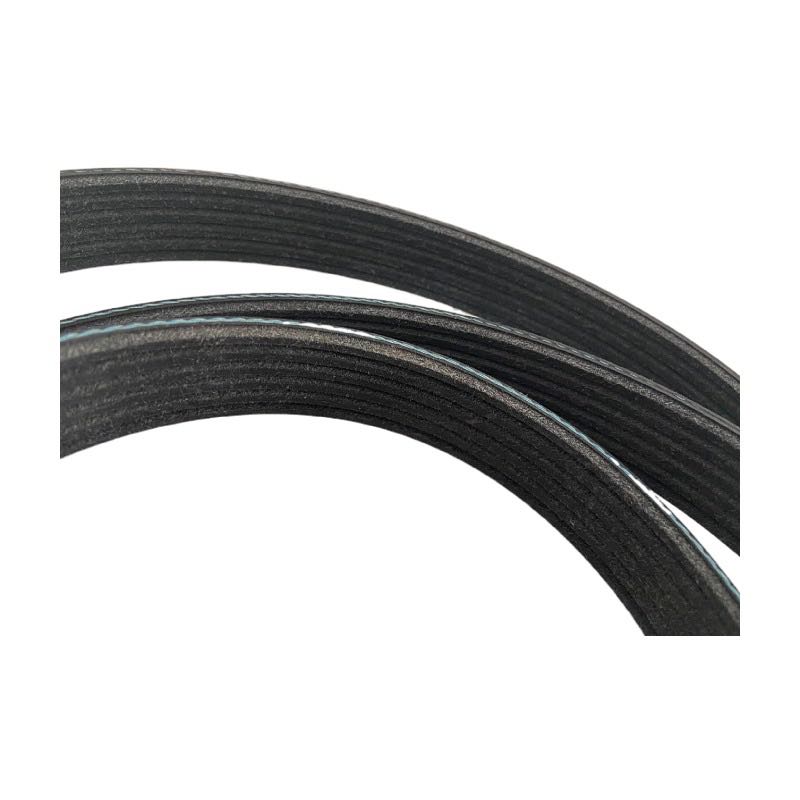- Arabic
- French
- Russian
- Spanish
- Portuguese
- Turkish
- Armenian
- English
- Albanian
- Amharic
- Azerbaijani
- Basque
- Belarusian
- Bengali
- Bosnian
- Bulgarian
- Catalan
- Cebuano
- Corsican
- Croatian
- Czech
- Danish
- Dutch
- Afrikaans
- Esperanto
- Estonian
- Finnish
- Frisian
- Galician
- Georgian
- German
- Greek
- Gujarati
- Haitian Creole
- hausa
- hawaiian
- Hebrew
- Hindi
- Miao
- Hungarian
- Icelandic
- igbo
- Indonesian
- irish
- Italian
- Japanese
- Javanese
- Kannada
- kazakh
- Khmer
- Rwandese
- Korean
- Kurdish
- Kyrgyz
- Lao
- Latin
- Latvian
- Lithuanian
- Luxembourgish
- Macedonian
- Malgashi
- Malay
- Malayalam
- Maltese
- Maori
- Marathi
- Mongolian
- Myanmar
- Nepali
- Norwegian
- Norwegian
- Occitan
- Pashto
- Persian
- Polish
- Punjabi
- Romanian
- Samoan
- Scottish Gaelic
- Serbian
- Sesotho
- Shona
- Sindhi
- Sinhala
- Slovak
- Slovenian
- Somali
- Sundanese
- Swahili
- Swedish
- Tagalog
- Tajik
- Tamil
- Tatar
- Telugu
- Thai
- Turkmen
- Ukrainian
- Urdu
- Uighur
- Uzbek
- Vietnamese
- Welsh
- Bantu
- Yiddish
- Yoruba
- Zulu
Ліст . 24, 2024 17:41 Back to list
Comparing V-Belts and Rubber Belts for Washing Machines in Performance and Durability
Washing Machine Belts vs. Rubber Understanding the Key Differences
When it comes to washing machines, there are several components that play crucial roles in their operation, and among these, belts are one of the most important. The type of belt used in washing machines can significantly impact their efficiency, durability, and overall performance. This article will discuss the difference between washing machine belts and rubber belts, exploring the benefits and drawbacks of each.
The Role of Belts in Washing Machines
Washing machine belts are essential components that connect the motor to the drum, allowing for the mechanical transfer of energy necessary to spin and agitate the laundry. These belts can be made from various materials, including rubber and other synthetic compounds. The choice of material can affect the belt's strength, elasticity, resistance to wear, and longevity, which ultimately impacts the washing machine's efficiency.
Washing Machine Belts
Standard washing machine belts are typically made from rubber or rubber-like materials. Rubber belts are favored for their flexibility and ability to withstand stretching, making them ideal for dynamic movements involved in washing cycles. They are usually coupled with reinforcements like polyester or nylon to enhance strength and resistance to abrasion.
However, rubber belts have their downsides. Over time, they can dry out, crack, and lose their elasticity, leading to slippage or breakage. This deterioration can cause the washing machine to perform poorly or become inoperable. Regular maintenance and timely replacement are necessary to ensure a washing machine operates efficiently.
Rubber Belts vs. Other Materials
While rubber belts are common, washing machine components can also be made from other materials, such as polyurethane or Kevlar
. Each material has distinct characteristics that cater to specific needswashing machine belt v rubber

1. Polyurethane Belts These belts are known for their superior strength and resistance to wear and tear. Polyurethane can endure higher temperatures and is less prone to stretching compared to rubber, leading to improved efficiency and performance. However, polyurethane belts can be more expensive than their rubber counterparts.
2. Kevlar Belts Sometimes used in high-end machines, Kevlar belts offer exceptional durability and resistance to fraying. They are designed for heavy-duty applications and can handle high-stress environments. Although they provide long-lasting performance, their cost is generally higher, making them a less popular choice for conventional washing machines.
Comparing Performance and Longevity
When considering washing machine belts, the performance and longevity are paramount. Rubber belts excel in flexibility, which allows for smooth operation during washing cycles. However, as mentioned, they can require more frequent replacements due to wear.
On the other hand, belts made from synthetic materials like polyurethane and Kevlar provide superior durability and can last much longer under similar conditions. While they might be a more significant initial investment, they reduce the frequency of replacements, ultimately offering better value over time.
Conclusion
Choosing between washing machine belts and rubber comes down to understanding the specific needs of your washing machine and your budget. Rubber belts are cost-effective and functional for standard machines, offering good performance for most users. However, if you demand higher efficiency and longevity, investing in synthetic belts like polyurethane or Kevlar might be well worth the additional expense.
In the world of washing machines, understanding the differences between belt materials can lead to better maintenance and improved performance, ensuring that our laundry days remain efficient and hassle-free. Remember, whether you choose rubber or another synthetic option, regular upkeep is essential to maximize the life of your washing machine's components.
-
Korean Auto Parts Timing Belt 24312-37500 For Hyundai/Kia
NewsMar.07,2025
-
7PK2300 90916-T2024 RIBBED BELT POLY V BELT PK BELT
NewsMar.07,2025
-
Chinese Auto Belt Factory 310-2M-22 For BMW/Mercedes-Benz
NewsMar.07,2025
-
Chinese Auto Belt Factory 310-2M-22 For BMW/Mercedes-Benz
NewsMar.07,2025
-
90916-02660 PK Belt 6PK1680 For Toyota
NewsMar.07,2025
-
drive belt serpentine belt
NewsMar.07,2025

